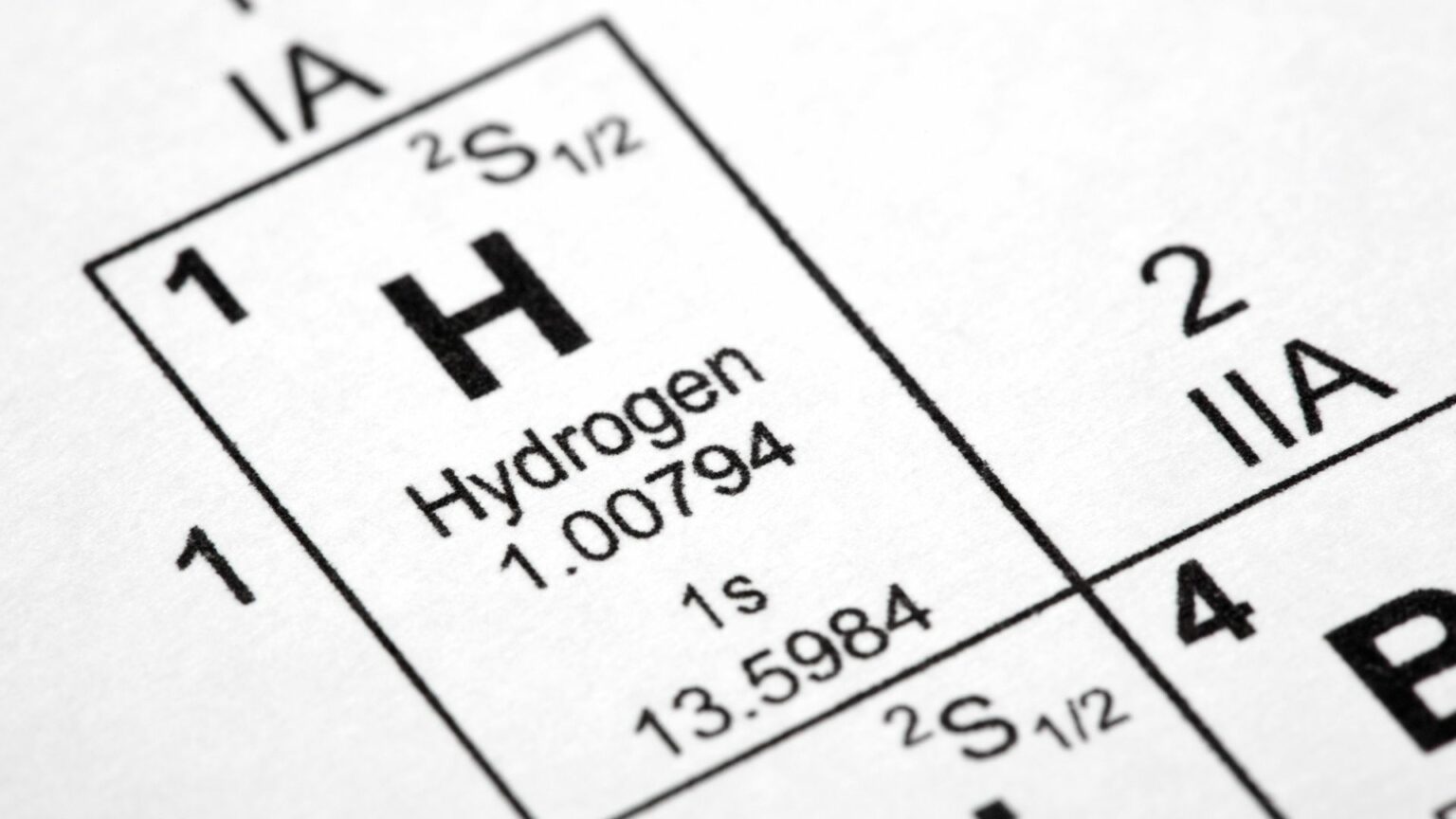In a new study, researchers Archana Kumaraswamy, Sushant S. Garud, Iftekhar A. Karimi, and Shamsuzzaman Farooq explored the potential for hydrogen to help the ASEAN region achieve net-zero emissions by 2050.
Hydrogen is increasingly viewed as a crucial component in reducing carbon emissions worldwide. In this study, the authors assessed the feasibility of an optimal hydrogen supply-chain network within ASEAN. The research indicates that with appropriate infrastructure and technological advancements, ASEAN could significantly decarbonize its power sector using renewable energy sources, contingent upon the development of a regional power grid.
The study highlights the use of a combination of green, blue, and orange hydrogen to address demands across industry, transport, and power sectors. Green hydrogen would be produced from surplus renewable power, while blue hydrogen comes from natural gas, and orange hydrogen from biomass, each utilizing carbon capture and sequestration techniques. However, beyond 2045, the biomass available is insufficient to meet the targets without a substantial contribution from green hydrogen.
The researchers estimate decarbonization costs for ASEAN could range from 2.3 to 7.3 trillion USD. Despite some cost challenges, the study emphasizes that prioritizing energy security and sustainability through green hydrogen production poses minimal incremental costs compared to the blue hydrogen route. The optimal locations identified for these hydrogen types are Myanmar and Cambodia for green, and Indonesia and Vietnam for orange and blue hydrogen.
ASEAN faces urgent challenges due to increasing energy demand and greenhouse gas emissions. With initiatives like the ASEAN Power Grid, which currently facilitates electricity trade across member states, regional cooperation will be essential to effectively transition to a low-carbon energy system. The research underscores the need for coordinated policy efforts and infrastructure investments to realize the full potential of hydrogen in meeting ASEAN’s ambitious decarbonization goals by mid-century.





